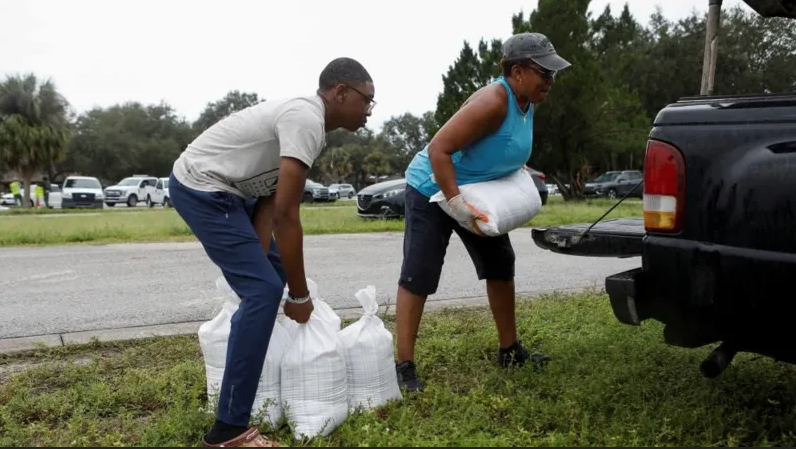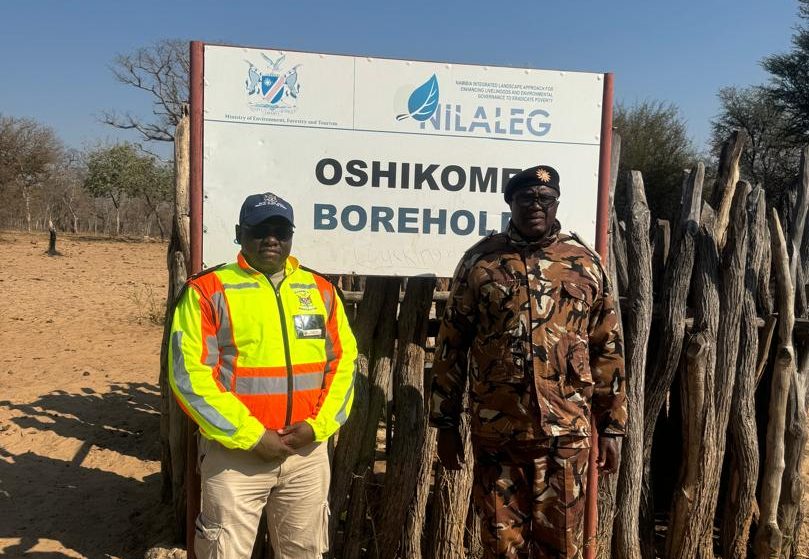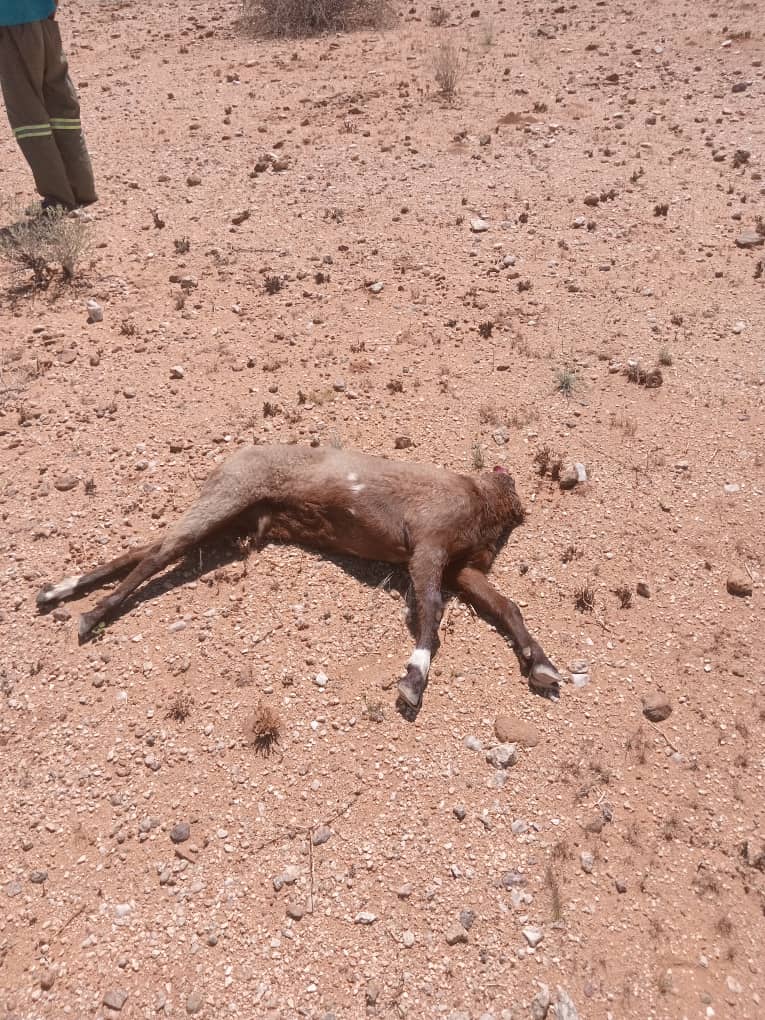Nearly half of Namibians lack enough food
Written by on April 9, 2024
Over 40% of Namibians do not have enough nutritional food.
This means that over 1 million Namibians are undernourished. This was recently revealed by the World Food Programme (WFP) in its latest annual country and strategic plans.
“With 42% of its population undernourished and high rates of stunting, wasting and underweight children, the country concurrently faces one of the highest HIV prevalence rates in southern Africa, particularly among women,” the report, which was released last week reads.
This comes as 78 new malnutrition cases have been recorded at the Omaheke regional health office since the beginning of December 2023.
The United Nations agency expressed concern over Namibia grappling with widespread malnutrition and a significant HIV epidemic impacting a vast segment of its population.
WFP states that malnutrition is a growing concern, with 24% of children under the age of five stunted, 6% experiencing wasting which is weighing too little for their height, and 13% underweight.
Health and social services minister Kalumbi Shangula last week disputed these statistics.
“They are clearly wrong. The Namibia Demographic and Health survey stated that the nutritional status of children in Namibia has improved,” he said.
He argued that stunting has declined from 29% to 26%, underweight children declined from 9% to 6%, and wasting from 17% to 13%.
However, Nutrition and Food Security Alliance of Namibia director Ben Schernick believes the statistics reflect the reality on the ground.
“On the 42%, I think it’s definitely a realistic number. How exactly they arrived at the number, isn’t clear, but we lack updated data in this regard anyhow, with most actors still acting in silos and the promising food and nutrition security policy has not really been implemented in a coordinated way for over two years,” he said.
The Integrated Food Security Phase Classification (IPC) estimates that 491 000 people (19%) of the population will experience high food insecurity from this month until June.
IPC estimated that between October 2023 and March 2024, 695 000 people experienced crisis level food insecurity.
“The situation is expected to recover in some regions in the second projection, compared to the current and first projection periods.
The //Kharas, Erongo, Hardap, Kavango West, Omusati, Oshana, Oshikoto and Zambezi regions are expected to be in IPC Phase 2: Stressed, and other regions are expected to remain in IPC Phase 3: Crisis,” the IPC analysis reads.
IPC states that food and non-food item prices increased, triggered by the global price increments in fuel products, resulting in reduced purchasing power.
Meanwhile, Namibia has attained 45% food sufficiency, the Namibian Agronomic Board and WFP recently announced.
“Namibia has recently achieved an impressive milestone, reaching approximately 45% food self-sufficiency through the local production of agronomic and horticultural crops,” the press statement reads.
The 2022 Global Hunger Index indicated that Namibia suffers from a serious level of hunger, ranking 78th out of 116 countries.
WFP reckons that the impact of the current global and national food-price crisis on food security is heightened by various factors.
“Low production of food and livestock in communal areas, mainly due to limited access to modern farming technologies and practices, poor soil fertility, overgrazing, prolonged dry spells, limited access to markets and land-use practices.
“Approximately 54% of smallholder farmers are women who live in communal areas, where access to land and water is challenging,” WFP stated.
Omaheke governor Pijoo Nganate earlier this year said cases of malnutrition among children in the region continue to be reported almost on a daily basis in the region, while parents allegedly sell donated food items for alcohol.
Nganate said some parents have been selling donated food items or trading them for alcohol, which contributes heavily to the ever-increasing malnutrition cases in the region.
The Namibian also recently reported that prime minister Saara Kuugongelwa-Amadhila in the National Assembly expressed concern that the rainfall pattern has started to show drought and low grazing patterns in most parts of the country.
“As a result of this, the office will conclude assessments on the immediate interventions needed to save lives and support livelihoods, due to imminent drought in 2024,” she said.
The prime minister said the government has not spent half of the N$892 million meant for drought relief as at 28 February 2024.
“Against a budget of N$892 million, as at 28 February 2024, the expenditure under the drought relief programme stands at N$361 million, of which N$307 million was expended towards food assistance, while the logistics costs take up N$33,7 million,” she said.
The livestock subsidies cost N$7,2 million, while the water provision accounted for N$13,8 million.
The post Nearly half of Namibians lack enough food appeared first on The Namibian.



